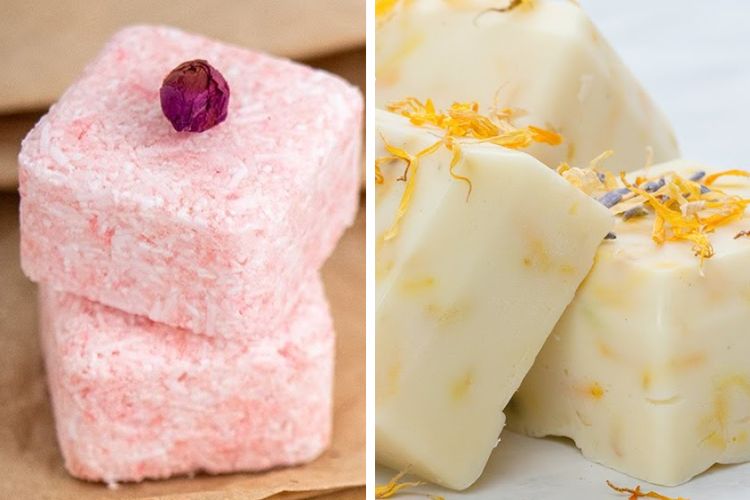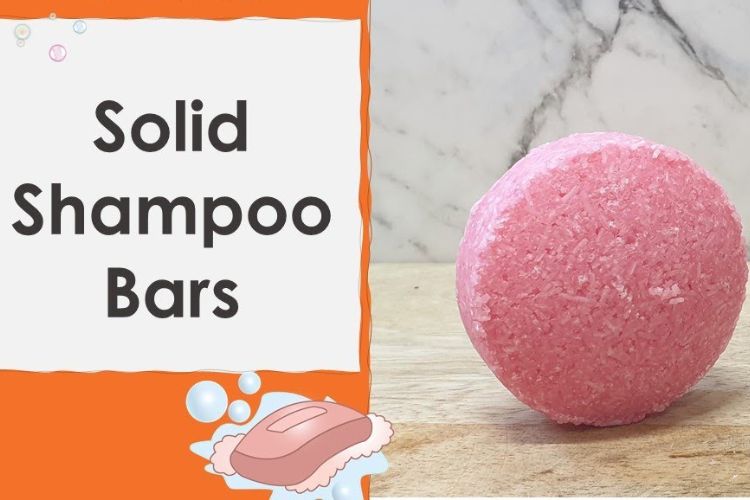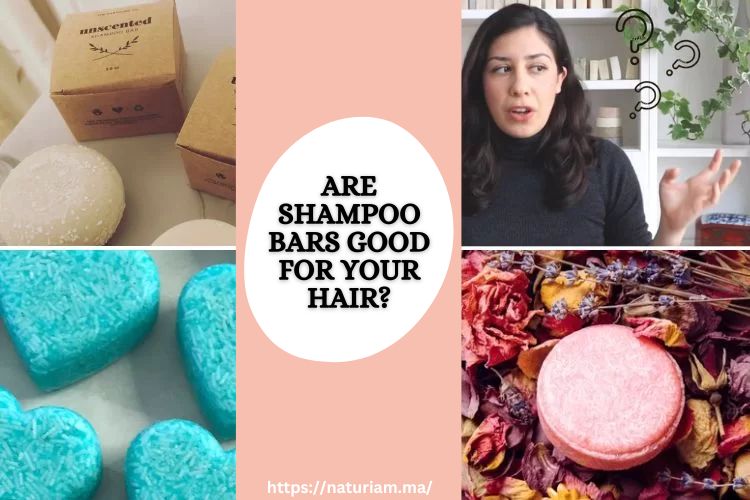Shampoo Bars: Definition
Most of us use shampoo to clean our hair. And, most likely, we use the same kind of shampoo every time we wash our hair. But have you ever considered using a shampoo bar? Shampoo bars are becoming more and more popular. But what are they, and how do you choose one that’s right for you? Keep reading to find out!
Solid Shampoo is an excellent choice for those looking for a more natural, preservative-free, silicones, sulfates, and paraben-free option. They are also travel-friendly, more economical, and can last much longer than liquid shampoos.
Shampoo bars are also better for the scalp, as they are less likely to have harsh chemicals that damage the scalp. Finally, shampoo bars are environmentally friendly as they are plastic-free.
However, it is essential to know that not all soaps marketed as shampoo bars are real shampoo bars. Some fake shampoo bars can be pretty damaging in the long run. Therefore, it is vital to know what a real shampoo bar is so one can make a wise choice.
Differences Between Soaps and Real Solid Shampoos
The soaps are largely made of anionic surfactants, which are negatively charged foaming cleaners that mix oil and water.
The soaps are made of lye such as sodium hydroxide, which makes the soap highly alkaline. This disrupts the natural pH of the hair and causes significant damage to the scalp. On the contrary, the lower pH of the shampoo bars does not disrupt the electrical charge of the hair, leading to less frizzing and damage.

Alkaline soap bars strip away the fatty acid lipids of the hair cuticle, causing them to become hydrophilic or water-loving. This causes swelling of the hair shaft and increased friction and damage to the cuticle cells. In contrast, shampoo bars have a lower pH than soap, which prevents the hair from becoming excessively water-loving.
The high alkaline pH of soap bars is also responsible for leaving an alkaline residue as calcium salts on the hair. This soap scum causes itching, scaly patches, and dandruff, and also exacerbates redness.
The hair loses its color and becomes dull. Real shampoo bars don’t have the same after-effect and give you healthy and fresh hair after every wash. If you’re looking for a hair cleansing option that is gentle and won’t strip away your natural oils, shampoo bars are the way to go!
How To Choose a Shampoo Bar?
When looking for a solid shampoo, you should keep a few things in mind. One of the most important criteria is that the shampoo is free of highly alkaline ingredients.
So it won’t be too harsh on your scalp or strip away its natural oils. To check if a shampoo is pH balanced, you should ensure that the shampoo bar is free of sodium hydroxide, sodium palmate, sodium cocoate, or sodium olivate.

Another important criterion is the cost of the shampoo bar. The traditional soap bars are made of inexpensive ingredients like Lye and oils and tend to be cheap. You can get the soap bars starting from just a couple of dirhams.
However, good-quality shampoo bars are made of good, gentle, and ph balanced surfactants like Sodium Cocoyl Isethionate (SCI), Sodium Lauryl Sulfoacetate (SLSA), and use quality herbs and essential oils, which are expensive.
By following these criteria, you can find a solid shampoo that is right for you and your hair. You can keep your hair healthy, clean, and looking its best with the right shampoo.
Conclusion
We hope this article has helped you better understand the differences between soap and natural solid shampoos and how to choose a bar that will work best for your individual needs. At Naturiam we believe everyone deserves access to healthy, sustainable haircare products and offer a variety of ph balanced shampoos that meet your needs.
Visit our online shop today to learn more about our products and find the perfect one for you!
More Guides:
CLARIFYING SHAMPOO: HOW AND WHY TO USE IT, BENEFITS, AND MORE …
References:
D’Souza P, Rathi SK. Shampoo and Conditioners: What a Dermatologist Should Know? Indian J Dermatol. 2015 May-Jun;60(3):248-54. doi: 10.4103/0019-5154.156355. PMID: 26120149; PMCID: PMC4458934.
Trüeb RM. Shampoos: ingredients, efficacy and adverse effects. J Dtsch Dermatol Ges. 2007 May;5(5):356-65. English, German. doi: 10.1111/j.1610-0387.2007.06304.x. PMID: 17451380.




